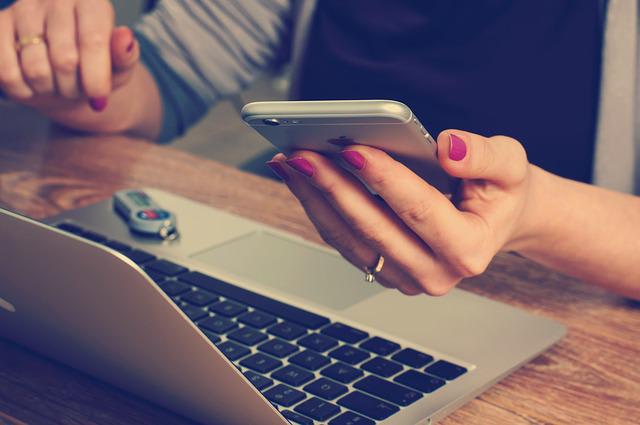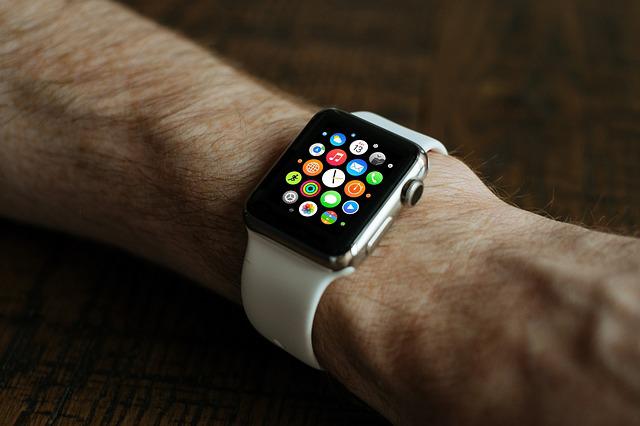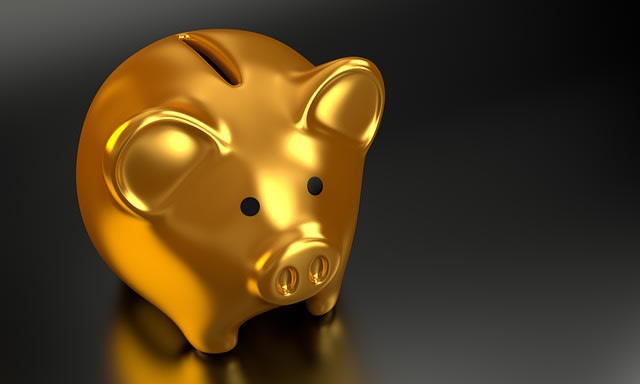A Complete Guide to Digital Wallets

One of the biggest financial stories over the past decade has been the rise of digital wallets. At first, digital wallets took off in popularity in other parts of the world but lagged in the United States. Younger consumers were the first to start using them, but it wasn’t until the pandemic that Americans started adapting to digital wallet use in larger numbers. For example, a 2018 study conducted by the Pew Research Center found that more than 50% of Americans thought mobile payments were poorly protected and would endanger their financial information. However, the pandemic changed this perception. As part of an overall move toward contactless payments, digital wallets became more widely used and accepted.
Now, anytime you see what looks like a sideways Wi-Fi symbol, it means the payment system accepts contactless payment methods, so it’s possible to use something like Apple Pay or Google Pay to check out. Companies like Apple are offering digital-first credit cards, and some financial tech companies are following suit by offering digital-preferred debit cards, making it easier than ever to link debit and credit cards in the customer’s preferred digital wallet. And many people who don’t use a traditional digital wallet may still be using digital wallets in some form without even realizing it. For instance, apps for fast-food outlets like Starbucks and stores like Target also function as a more limited digital wallet, allowing consumers to store their financial information digitally and pay for their food or goods with their phones. Now that people are becoming ever more accustomed to simply tapping their card at points of sale at a variety of businesses versus swiping or inserting a card, it becomes less of a logical leap to accept paying with their cell phones. And after all, don’t most of us have our phones in our hands anyway? One thing many people love about digital wallets is that they lessen the number of things people need to carry. If they have their phone, they have a payment method for quick purchases with them at all times.
What Is a Digital Wallet?

A digital wallet works much like a wallet you’d carry in your purse or pocket. It’s a way to access your credit cards, bank accounts, loyalty cards, transit passes, airplane boarding passes, and other types of cards and passes. But instead of living in your pocket, it lives in your device of choice. Digital wallets are accessed and used via a computer, smartphone, watch, or other smart device. There are two different types of wallets. Store-specific apps like Target and Starbucks allow customers to keep payment methods on file and use the wallet in the store’s app to make either online or in-person purchases. Wallets like Apple Pay or Google Pay can be used anywhere that accepts contactless payments. Other wallets, like Venmo, Cash App, and PayPal, also allow users to send and receive money from family and friends.
How They Work

Which digital wallet a person chooses often depends on what sorts of devices they use. Those with Apple phones or wallets are more likely to choose Apple Pay, while Android phone owners tend toward using Google Pay as their primary wallet app. However, many people have more than one digital wallet. For example, they might also use Venmo as a way to square up with friends for things like concert tickets and dinner bills.
All digital wallets work basically the same. You enter your credit or debit card information into the app, and the card number, expiration date, and security code are encrypted for safety. When you want to use the app to make a payment in person, you hold your device up to the card reader. Typically, your device will confirm your identity through facial recognition or by asking you to input a code. The digital wallet then transmits your information to the payment processor. Online payments using digital wallets work in the same way. Under “payment method,” choose your wallet, and then your phone will confirm your identity before completing the transaction.
Are Digital Wallets Safe?

Most experts agree that digital wallets are safer than carrying your credit cards (or even worse, cash) around in your wallet. After all, digital wallets use many layers of data encryption, monitoring, and authentication to secure users’ private information. Mobile banking is generally safer than online banking because financial institutions spend a lot of time and money designing their apps to be as secure as possible. However, consumers can take steps to further secure their information. It’s important to always opt for two-factor or multi-factor authentication. Use a code and either your fingerprint or facial recognition. Never give your password or login details over the phone or via email. Keep an eye on your transactions: You can set up your digital wallet and your various accounts to send you alerts about all transactions or just transactions over certain dollar amounts.
Most Popular Digital Wallets

Digital wallets are not a one-size-fits-all proposition. Where you spend your money, what sort of phone you have, and how you conduct your financial life are all questions that consumers should ask as they choose a digital wallet to use. It’s possible to add multiple funding sources to most wallets.
Google Pay
- Uses near-field communication for payment security
- Make purchases or add funds via debit cards, credit cards, bank account information, or a PayPal account.
- Google Pay allows users to send money to friends and family.
- The service offers a breakdown of spending habits.
- There are no fees for using Google Pay, but transferring money out of the Google Pay account incurs a 1.5% fee.
Venmo
- Venmo is owned by PayPal.
- Users must have an email address and U.S.-based cell phone number.
- Can be used online or in person
- It’s easy to send and request money from friends and family.
- You can direct-deposit your paycheck into Venmo.
Apple Pay
- Uses DPAN for security
- Widely accepted
- You can use this wallet for in-person and online purchases and can also use it to buy public transit passes in many cities.
- You can deposit money into your Apple Pay account or use your credit or debit card with the app.
- Apple released a credit card designed to function well within its wallet environment.
Cash App
- Cash App uses Level-1 PCI-DSS certification, the strictest standard.
- Works will all major credit and debit cards
- Merchants have to be partnered with Cash App for the wallet to work.
- It’s possible to have your paycheck deposited directly into your Cash App account.
PayPal
- One of the first digital wallets
- Works with more than 25 different currencies worldwide
- All data is encrypted.
- It’s easy to send and receive money using PayPal.
- PayPal offers a robust transaction history.
